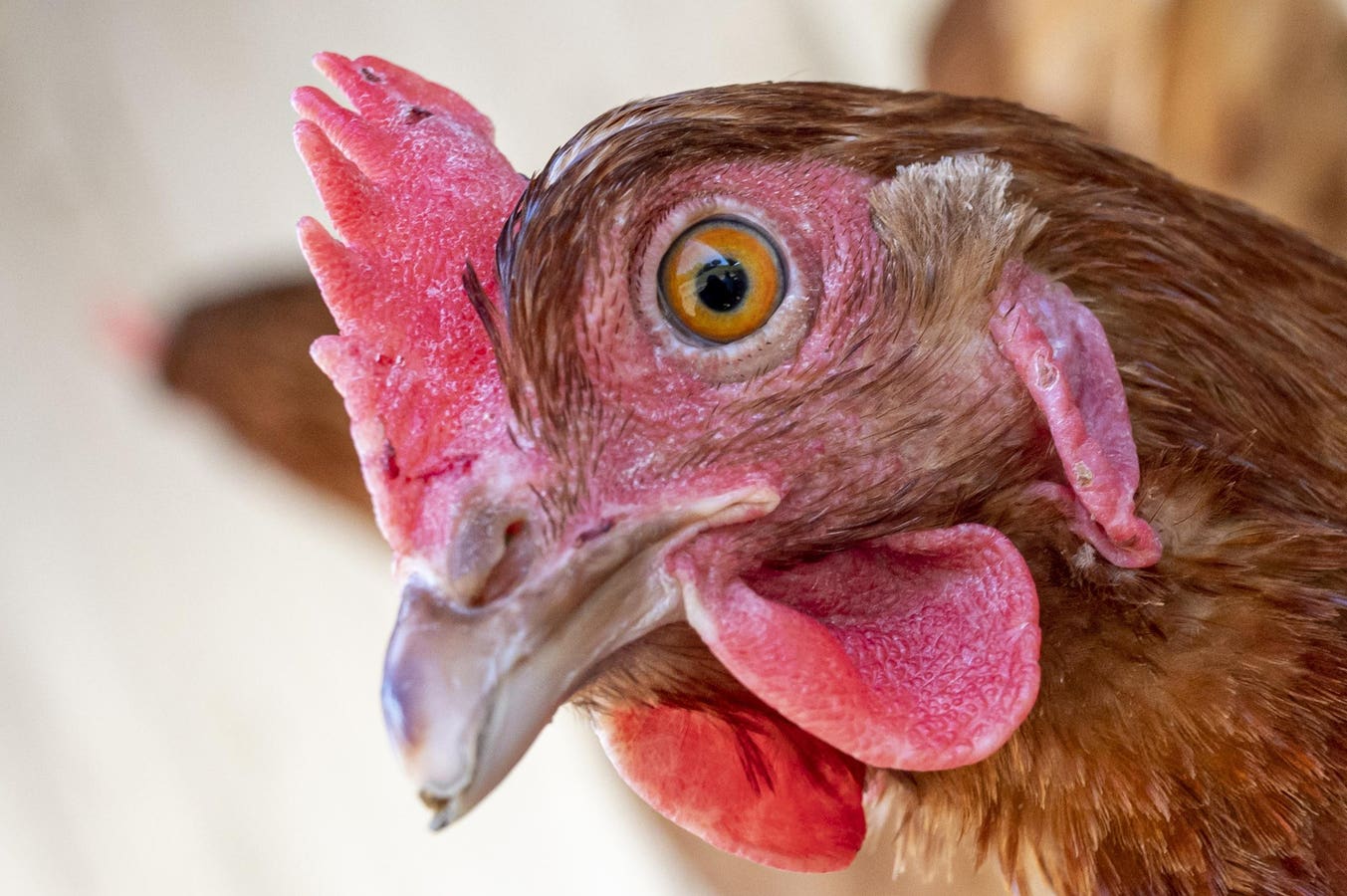Money
USDA Data Indicates Egg Prices Will Remain High For Quite A While

Ominous Trends in Egg Production: A Growing Concern
The latest reports from the USDA paint a grim picture for the egg industry, as the number of egg-laying hens in the U.S. continues to decline at an alarming rate. The primary driver behind this trend is the aggressive culling of flocks whenever avian influenza is detected. This practice, while aimed at controlling the spread of the disease, has had a devastating impact on the nation’s egg production capacity. The situation is further exacerbated by the fact that hens are being culled at a faster rate than they are being replaced, leading to a significant shortage of egg-laying birds. As a result, egg prices remain stubbornly high, with little hope for relief in the near term.
The Sharp Decline in Egg-Laying Hen Flocks
In December 2024, the USDA reported that 13.2 million egg-laying hens were culled, representing approximately 3.5% of the total flock. However, the situation took a turn for the worse in the following six weeks, during which another 23.47 million hens were culled. This represented over 6.5% of the average U.S. flock size during December 2024, which stood at around 372 million birds. The sheer scale of this culling has left the egg industry reeling, as the number of egg-laying hens continues to drop at an unprecedented pace. The implications of this rapid decline are clear: with fewer hens to produce eggs, the supply of eggs is dwindling, and prices are soaring as a result.
The Supply and Demand Crisis
The fundamentals of supply and demand are playing out in full force in the egg market. As the number of egg-laying hens decreases, the total egg production naturally declines. This reduction in supply, coupled with steady demand, has led to a sharp increase in egg prices. Unfortunately, this trend shows no signs of abating anytime soon. The USDA reports that the number of eggs in incubation for egg-type production actually decreased by 1% in December 2024 compared to the previous year. Similarly, the number of egg-type pullet chicks hatched during the same period also declined by 1%. These statistics indicate a troubling trend, as the industry is failing to replenish its flock at a rate necessary to meet future demand.
The Long-Term Implications of Reduced Reproduction Rates
The decline in both incubated and hatched eggs for egg-type production is particularly concerning, as these chicks are the future of the egg-laying flock. It takes approximately 18 to 20 weeks for these chicks to mature and begin producing eggs, which means there is a significant lag time before any increase in the number of egg-laying hens can impact egg production. This delay, combined with the current rate of culling, suggests that the egg supply will remain constrained for many months to come. The USDA predicts that egg production will decline by about 2% from January 2025 to February 2025, further highlighting the challenges facing the industry.
A Glimmer of Hope in Stabilizing Prices
While the outlook for the egg industry remains bleak, there is some cause for cautious optimism. According to the USDA’s World Agricultural Supply and Demand Report, while egg production is expected to decline by 2% from January 2025 to February 2025, total egg use is also projected to decrease by almost the same percentage. This balance between supply and demand could help stabilize egg prices, offering some relief to consumers who have been grappling with rising costs. However, this stability is contingent on the current trend of culling more hens than are being replaced coming to an end. If the industry continues to lose more hens than it can replace, another round of price increases could be on the horizon.
The Path to Recovery and Lower Prices
Even if the rate of culling were to slow down immediately, it would take at least six months to a year for the egg-laying flock to be replenished sufficiently to meet demand. This prolonged recovery period means that consumers will likely face high egg prices for the foreseeable future. The only way to bring prices back down to normal levels is to address the root causes of the flock decline, including the spread of avian influenza and the insufficient replacement of culled hens. Until then, the egg industry and consumers alike will continue to grapple with the consequences of this Perfect Storm in the egg production sector.
-

 Tech1 day ago
Tech1 day agoCanon’s New Camera Is in a Category Once Thought Practically Dead
-

 Entertainment6 days ago
Entertainment6 days agoKhloe Kardashian Says Mom Kris Jenner ‘Gets Mad at Me’ for Wearing ‘Baggy Sweats’ Out of the House
-

 Money6 days ago
Money6 days agoCal Newport’s Productivity Hack That Can Also Help You Escape Financial Burnout
-

 Tech7 days ago
Tech7 days agoBest Internet Providers in Cincinnati, Ohio
-

 Sports3 days ago
Sports3 days agoChargers to play 2025 regular season opener in Brazil
-

 Tech5 days ago
Tech5 days agoBest AirPods Max Accessories for 2025
-

 World7 days ago
World7 days agoHow to Watch USA vs. Cuba: Live Stream 2025 Concacaf U-17 Men’s Qualifiers, TV Channel
-

 Politics7 days ago
Politics7 days agoTrump administration fires more than a dozen immigration judges

















